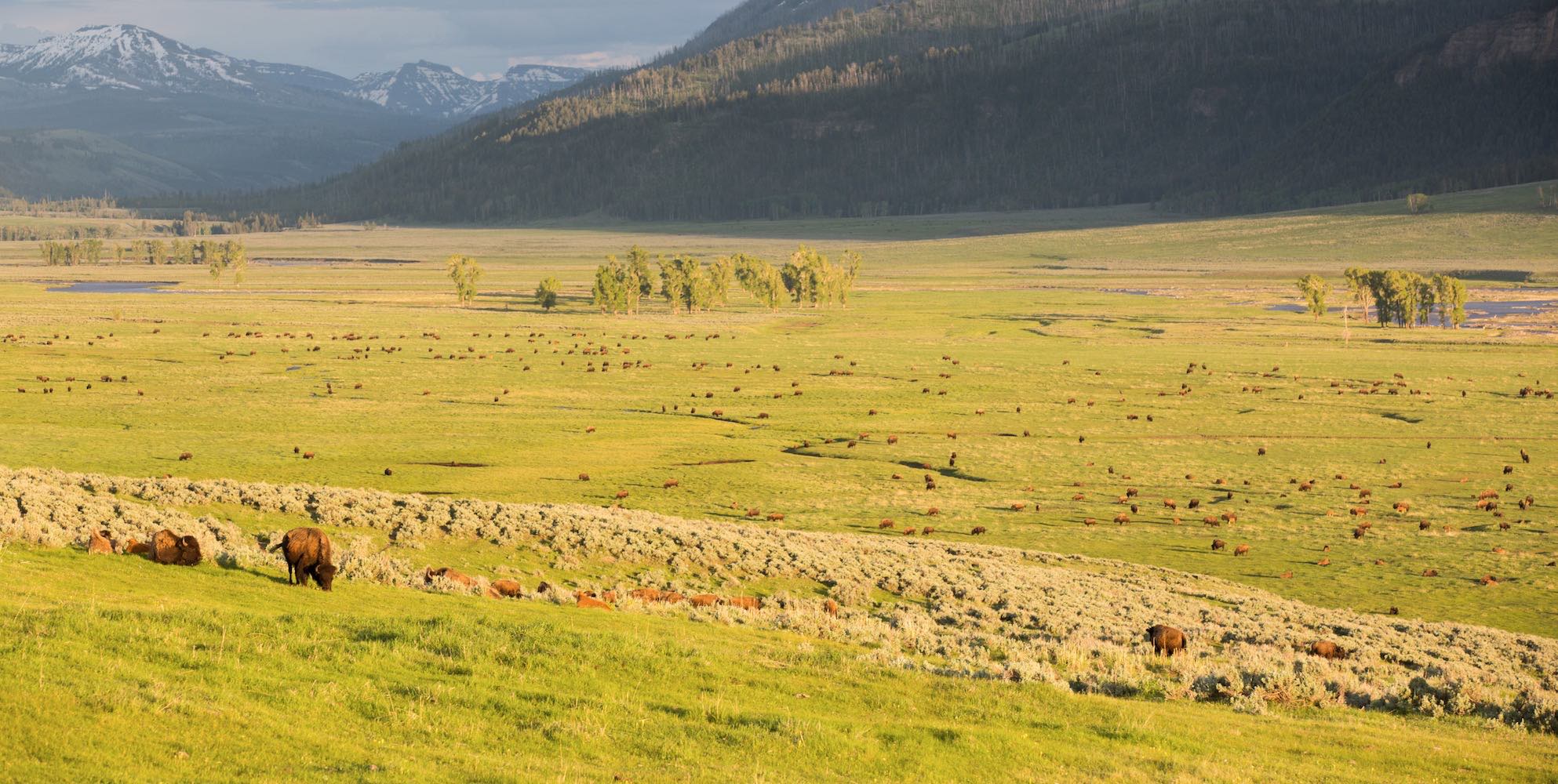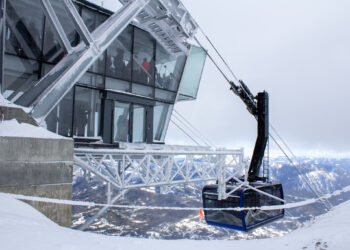By Christine Gianas Weinheimer EBS CONTRIBUTOR
Now that spring is officially here—or what passes for spring in Montana—you may have come down with a case of spring fever. As ski season gives way to mud season, a drive out to Yellowstone’s Northern Range for wildlife watching might be just what the doctor ordered.
The Northern Range’s high density of wildlife, combined with its wide-open vistas, make it an ideal place for wildlife watching. At its heart is Lamar Valley, nicknamed “the Serengeti of North America” for its abundant wildlife. The area is also considered the world’s premier location to see wolves in the wild. You can view not only a wide variety of species here, but also see predator and prey species interacting with each other.
“If you’ve never gone wildlife watching in the park with an experienced naturalist, I highly recommend you give it a try,” said Zachary Park, assistant director for the Yellowstone Forever Institute. “Make sure they bring along high-quality scopes, which can vastly improve wildlife viewing.”
Here are a few more tips to help make the most of your day in Yellowstone’s Northern Range:
Check on conditions. If entering through Gardiner, stop at the Albright Visitor Center in Mammoth Hot Springs to pick up a map, check on current road and trail conditions and learn of any wildlife closure areas.
Plan your timing. If possible, plan the majority of your outing in the early morning or early evening when most large mammals tend to be feeding and are more easily seen.
Pack your binoculars and your patience. You’ll need to steadily and slowly scan the landscape for movement, taking advantage of the many road-side pullouts along the Northeast Entrance Road. Don’t forget to look up; watch for eagles, osprey and other raptors near water sources.
Look for spring babies. Start watching in April for bison calves, or “red dogs.” In May you might also see bear cubs, wolf pups or bighorn sheep lambs. Elk calves are usually the last to arrive, in late May or June.
Hit a trail. Inquire at a visitor center or ranger station about trail conditions. The Yellowstone River Picnic Area Trail tends to be a good pick in spring when most trails are still covered in snow. The easy-to-moderate trail is 3.7 miles round-trip and affords views of the river and surrounding mountains. Keep an eye out for bighorn sheep.
Take a tour. To help you explore the Northern Range, the Yellowstone Forever Institute offers educational tours and other programs ranging from a half-day to several days.
Stay safe. Follow park guidelines and always stay at least 100 yards away from bears and wolves, and at least 25 yards from all other animals. Hike in groups of three or more and carry bear spray, even on short day hikes.
Visit nps.gov/yell for more details on road openings and bear safety guidelines.
Christine Gianas Weinheimer lives in Bozeman and has been writing about Yellowstone for 17 years.














